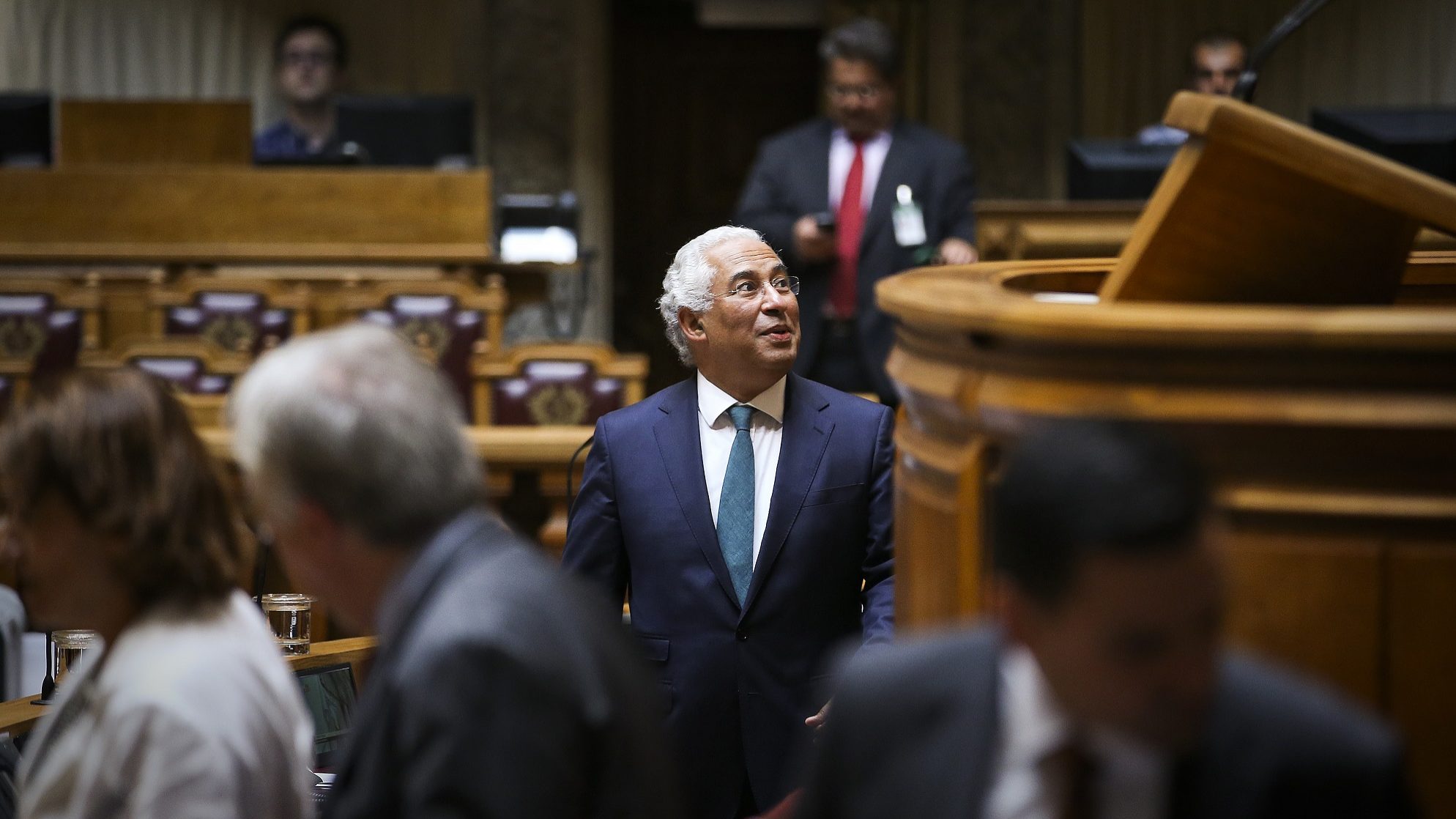Peaks in debt repayments force Portugal to keep full coffers
The President of the IGCP explains to ECO how the management of public debt at this time of crisis will be carried out, which is leading to an increase in financing needs.
The Portuguese public debt has never been higher. In a pandemic scenario that forces the country to spend more, the Treasury is reinforcing the indebtedness in the markets and the strategy will be to maintain it. This is also because the bonds ahead prevent the country from relaxing its financial cushion, as Cristina Casalinho, president of the Treasury and Public Debt Management Agency – IGCP, explains to ECO.
“Given the profile of repayments in 2021, with the T-Bills [Treasury bond] maturing in April, it will be difficult to reduce the financial cushion between 2020 and 2021,” points out Casalinho about the bonds that Portugal has for investors. On June 15 of this year, a bond line of almost 8 billion euros matures.
In other words, Portugal needs to have money to pay off this loan. Next year, this “wall” of repayments happens earlier: it is 8,727 million as early as April, with the anticipation obliging the IGCP to readjust its market visits to guarantee liquidity.
“We recall that in 2019, the excess liquidity, due to improved market conditions and the sovereign’s financial rating, was reduced from 9.3 billion euros in 2018 to 6.8 billion euros, and the original forecast for the end of 2020 was 8.9 billion due to the change in the intra-annual profile of repayments in 2021,” she clarified.
The IGCP should, therefore, continue to seek market funding for measures to combat the virus. In the first month that Covid-19 arrived in Portugal, in March, the Portuguese Treasury used the financial cushion, but in April, the IGCP significantly increased the debt and reinforced the financial cushion again.
In that month alone, public debt rose by 7,280 million euros – the highest monthly increase since the beginning of 2015 – to 262,056 million euros. The figure is the highest ever. “The increase in public debt in April results from a 5 billion euro syndicate that month, an event that has already occurred in previous years, although not in 2019, and is part of the financing strategy,” Casalinho explained to the ECO.
“This year, the completion of the second union in April is explained by the repayment of the 2020 T-Bills in June and the preparation of the budgetary impact of the pandemic. At the beginning of April, when the quarterly programme was published, it was announced that implementing the annual plan would be accelerated, and the holding of a union and auction in the same month, as occurred in April, corresponds to the materialisation of that intention,” explains the IGCP president.
The acceleration of implementing the annual financing plan happens – for Portugal as for the other countries of the Eurozone – with the reassurance that it is almost certain that there will be a buyer for the enormous amount of debt that is flooding the market: the European Central Bank (ECB).
The institution led by Christine Lagarde launched in mid-March a pandemic emergency program (PEPP) with 750 billion euros to buy public and private debt from Eurozone countries in the secondary market (and not directly in the primary market when the IGCP issues the debt), until the end of the year.


